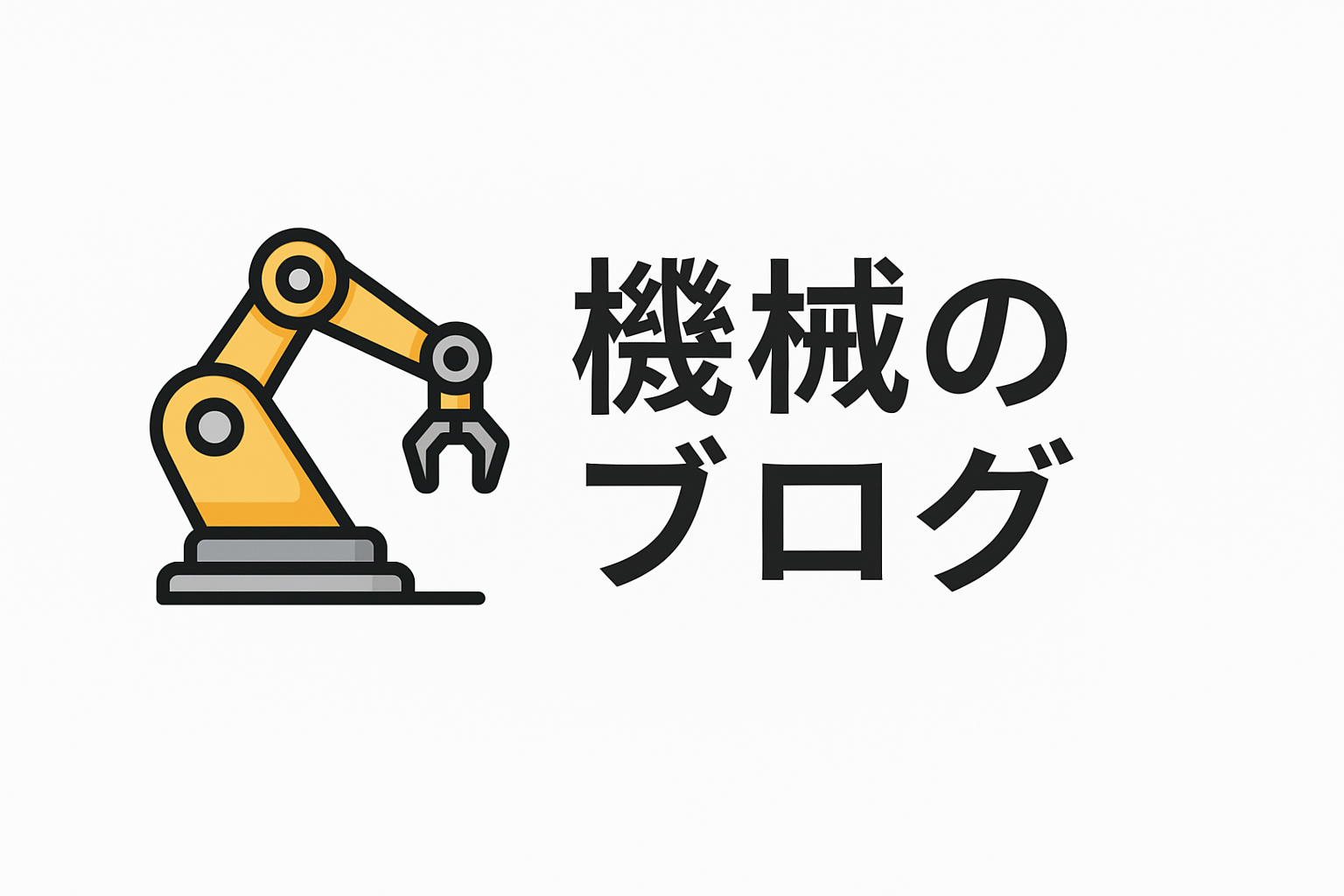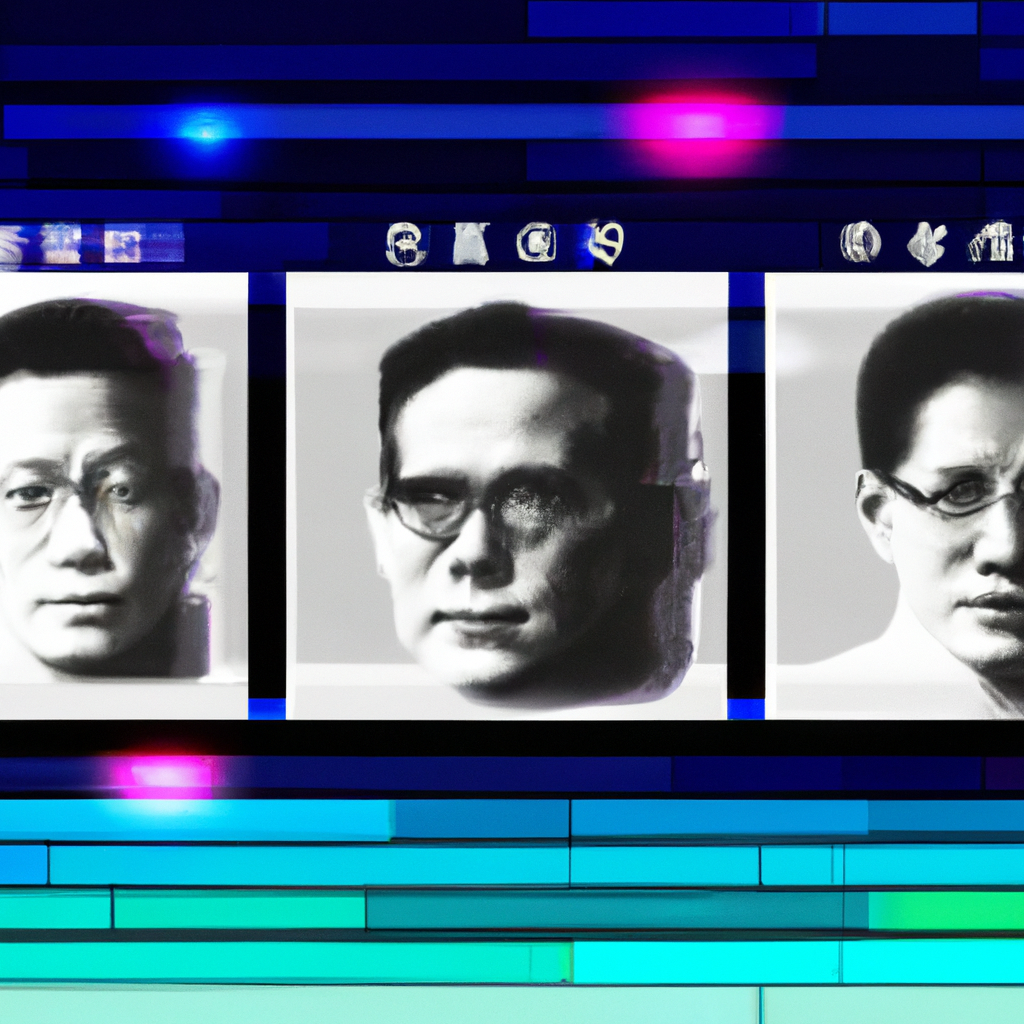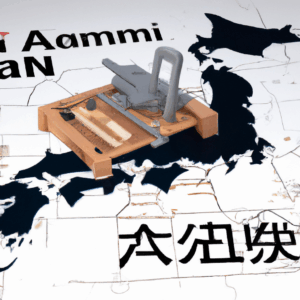Next-Gen Revolution: The Future of AI and CNC Technology
The manufacturing industry is on the brink of a transformative revolution, driven by the integration of artificial intelligence (AI) and computer numerical control (CNC) technology. As these technologies evolve, they are set to redefine production processes, enhance efficiency, and unlock new levels of precision and customization. This article delves into the future of AI and CNC technology, examining their potential impact on the manufacturing landscape.
Introduction
The convergence of AI and CNC technology represents a significant leap forward in manufacturing. AI’s ability to process vast amounts of data and learn from it complements the precision and automation capabilities of CNC machines. Together, they offer unprecedented opportunities for innovation and efficiency. As industries strive to meet increasing demands for quality and customization, the integration of AI with CNC systems is poised to become a cornerstone of modern manufacturing strategies.
1. The Current State of CNC Technology
CNC technology has been a bedrock of manufacturing for decades, providing the precision and automation required for complex production tasks. CNC machines are used across various industries, from automotive to aerospace, enabling manufacturers to produce components with tight tolerances and consistent quality. However, traditional CNC systems, while highly efficient, face limitations in adaptability and real-time decision-making.
Currently, CNC machines operate based on pre-defined codes and parameters, which require manual updates and adjustments. This can be time-consuming and may not allow for quick adaptations to changing production requirements or unexpected anomalies. The integration of AI into CNC technology addresses these challenges by introducing a layer of intelligence that enhances machine flexibility and responsiveness.
2. The Role of AI in Enhancing CNC Systems
AI brings a new dimension to CNC systems by enabling data-driven decision-making and adaptive learning. Machine learning algorithms can analyze data from production processes, detect patterns, and optimize operations in real-time. This capability allows CNC machines to adjust parameters autonomously, improving efficiency and reducing downtime.
Moreover, AI can enhance predictive maintenance by analyzing sensor data to forecast potential machine failures before they occur. This proactive approach minimizes disruptions and extends the lifespan of equipment. Additionally, AI-powered systems can simulate various scenarios, allowing manufacturers to experiment with different processes and configurations without the risk of costly errors.
AI’s role in CNC technology is not just limited to operational improvements. It also aids in design and prototyping, where AI algorithms can generate optimized parts and components, reducing material waste and production time. This seamless integration of AI into CNC systems is paving the way for smarter, more efficient manufacturing processes.
3. The Impact on Production Efficiency and Quality
The fusion of AI and CNC technology promises to elevate production efficiency and quality to new heights. By leveraging AI’s analytical capabilities, manufacturers can fine-tune production processes to achieve optimal performance. Real-time monitoring and adjustments ensure that machines operate at peak efficiency, resulting in faster production cycles and reduced energy consumption.
Quality assurance also benefits significantly from AI integration. AI systems can perform continuous quality checks throughout the production process, identifying defects and inconsistencies with high accuracy. This level of scrutiny ensures that only components meeting strict quality standards proceed to the next stages of manufacturing, reducing waste and rework.
Furthermore, AI’s ability to process and analyze vast datasets enables manufacturers to gain deeper insights into their operations. This data-driven approach facilitates informed decision-making, helping companies identify areas for improvement and implement strategies to enhance productivity and quality.
4. Customization and Flexibility in Manufacturing
In today’s competitive market, customization and flexibility are key differentiators for manufacturers. Consumers increasingly demand personalized products tailored to their preferences, and manufacturers must adapt to meet these expectations. The integration of AI and CNC technology empowers manufacturers to offer greater customization without compromising efficiency.
AI algorithms can quickly analyze customer data and generate customized production plans, allowing for the seamless transition from one product variant to another. CNC machines, equipped with AI, can adjust settings on-the-fly to accommodate different designs and specifications, reducing setup times and eliminating the need for extensive retooling.
This level of flexibility not only enhances customer satisfaction but also opens new revenue streams for manufacturers. By offering on-demand customization, companies can tap into niche markets and cater to diverse customer needs, all while maintaining robust production efficiency.
5. Challenges and Considerations
While the future of AI and CNC technology holds immense potential, it also presents challenges that manufacturers must navigate. One of the primary concerns is the integration of AI into existing CNC systems, which may require significant investment in new technologies and infrastructure.
Additionally, the reliance on AI and advanced technologies necessitates a skilled workforce capable of managing and maintaining these systems. Manufacturers must invest in training and development programs to equip their employees with the necessary skills to thrive in a technology-driven environment.
Data security is another critical consideration, as the increased reliance on connected systems and data exchange heightens the risk of cyber threats. Ensuring robust cybersecurity measures is essential to protect sensitive production data and maintain operational integrity.
Finally, the ethical implications of AI in manufacturing must be addressed. As AI systems become more autonomous, manufacturers must establish guidelines and protocols to ensure ethical decision-making and accountability in production processes.
Conclusion
The integration of AI and CNC technology marks a new era in manufacturing, characterized by enhanced efficiency, quality, and customization. As these technologies continue to evolve, they will redefine production landscapes and set new standards for innovation and competitiveness.
Manufacturers that embrace this next-gen revolution stand to gain significant advantages, from optimized operations to expanded market opportunities. However, realizing the full potential of AI and CNC technology requires a strategic approach, addressing challenges in integration, workforce development, and data security.
As the manufacturing industry looks to the future, the synergy of AI and CNC technology promises a transformative journey, paving the way for smarter, more agile, and responsive production environments. By harnessing the power of these technologies, manufacturers can drive progress and achieve new levels of success in the ever-evolving global market.


